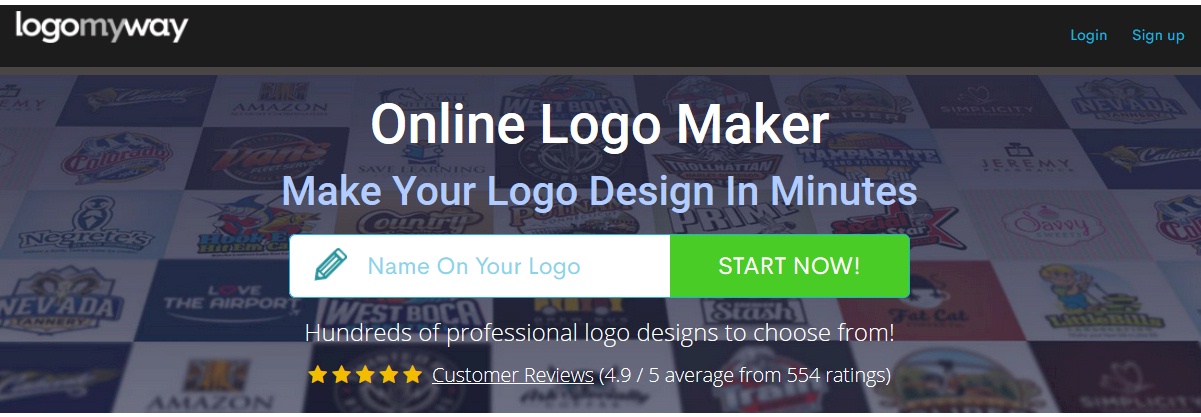There is no questioning the need for a well designed logo to help crystalize and promote your brand identity, however the path to achieving the perfect design might seem arduous.
To help ease the journey here are five questions to clear the channels of communication between you and your logo designers.
Practicalities: How much? How many? How long?
First off the bat you need to make sure you’ve made the correct choice by squaring the expense of this service with what you stand to earn from having a clear, catchy logo. What are the practicalities for your budget and how much will the services of this designer cost your company from start to finish? Speaking of the duration, be clear on how many designs and revisions will be included in the cost. It’s worth digging a bit to check what revisions entail as sometimes the fine print means unlimited revisions will only include very basic changes. It’s nice to have a selection of designs to choose from. It’s also good to know whether you have more than one designer on the project. Many heads can provide interesting creative solutions but can also muddy the waters. Then last but not least, how long will it take? If you need a quick turnaround a one-man-shop might not be the best option. Be clear on your timeline upfront and ask whether this will be feasible for your designer.
Creative synergy: What do you think would work for us?
There are many different types of logos so check in with your designer to see whether they have a good feel for your company and what it is you represent. Do they envision a wordmark, letterform, pictorial or abstract logo and why? What are the main things you’d like to convey about your brand? Together discuss possible fonts and colors to see whether the designer is on your wavelength or, even better, can take your ideas to the next level. Discuss the psychology of the choices and you’ll soon know whether this is a collaboration that will work. Together you hope to achieve something memorable rather than gimmicky. Above all you need to appeal to your target market. What works for one demographic will not work for another. Should a tagline or slogan form part of the logo? Keep the Unique Selling Point of your brand front and center. Check out the portfolio of your designer and see whether there is a natural synergy between what they offer and what you want. Don’t be afraid to ask for work samples.
Endgame: What are my ownership rights?
Since your logo will likely be ubiquitous it’s important to know in what file formats you’ll be receiving your logo design. Remember it needs to be compatible with both print and internet usage. It might be worth your while to check what software will be used. Adobe Illustrator is the industry standard if, however, Photoshop is used be sure that the resolution is high enough. Remember that the design needs to work in monochrome and at any size. Don’t make the mistake of only picturing your logo in one space. Rather try to envision it on a billboard, on clothing, in a magazine, on social media or as an app icon. Then be clear that no clipart or copyrighted imagery may be used. You will need sole ownership rights so ensure that the designer will not be using any part of the design on other projects. This is tricky ground and it is worth checking reviews to make sure you are working with a trustworthy entity. Check for contactable references. How long have they been in the game? What is their area of expertise? Where are they based and how much support can you expect? If they are on the other side of the globe how will the time zone difference impact on delivery.
Logo Designer Research: What’s the competition up to?
You need to be clear who your competitors are and know what they’re doing, both so that you don’t reinvent the wheel but also so that you can set yourself apart. One of the biggest mistakes is ending up with a logo too similar to your competition. What are the timeless classics? Do your research and discuss this with your designer. Most logos will require some tweaking over the years but it would be ideal to come up with something that becomes as much a part of the cultural psyche as Coca-Cola or Starbucks. Ideally you need a designer who is well aware of both your field and your competition.
Relationship: What do you need from me?
If the designer says they don’t need anything from you, take this as a major red flag. You need to be in a communicative partnership to identify what will work best for this client-designer relationship and ultimately for the brand identity. Design should, after all, be human centered. Chances are, if you have a good collaboration, the design will reflect that and vice versa. You want the kind of relationship that allows you both to flourish. That means keeping channels of communication open, know who your point person is if you’re working with a team. Connection is everything. Be proactive and open.
 Members Area
Members Area




